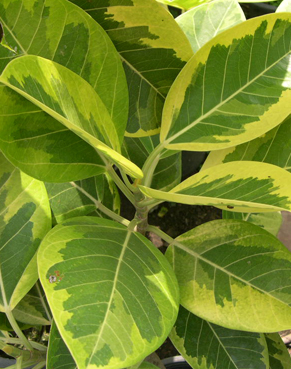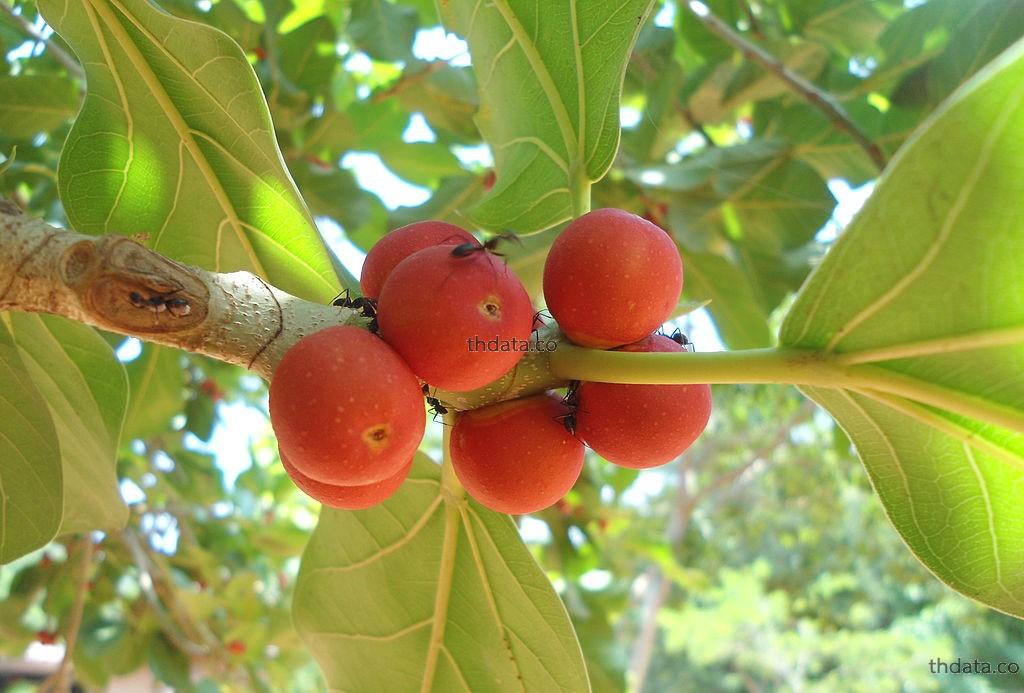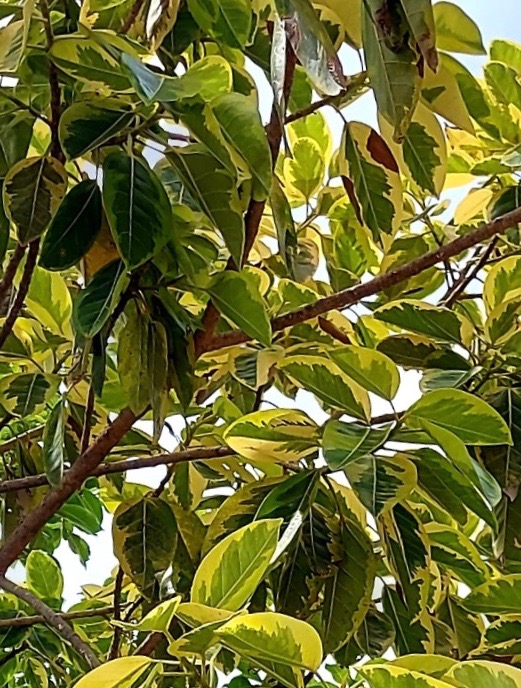Sciencetific Name: Ficus benghalensis
Family Name: MORACEAE
The Banyan tree holds widespread recognition among all. It stands as one of the most remarkable trees, revered for its immense religious and cultural significance. The tree’s broad leaves proudly display visible veins, adding to its visual appeal. As the tree grows, it develops aerial roots that gracefully descend to the ground, creating a mesmerizing spectacle of hundreds of roots emanating from the tree trunk. Originating from India, this ancient tree has graced the land for countless centuries.
Furthermore, the Banyan tree, thriving in its natural habitat, can reach towering heights of up to 100 feet with an equally impressive spread. Its dense foliage and abundant branches provide sanctuary and shade to a multitude of animals and birds, enduring even in full sunlight. The tree showcases numerous varieties, adorned with leaves in shades of green, golden, and variegated patterns.
Moreover, the Banyan tree plays a crucial role in carbon sequestration, fixing substantial amounts of carbon. A single tree alone can sequester up to 5 metric tons of carbon over 20 years. The fruits produced by the tree serve as a source of nourishment for birds and animals, aiding in the dispersal of seeds and contributing to the tree’s widespread propagation.
Furthermore, the Banyan tree serves as a habitat for monkeys, birds, animals, and rodents, fostering their presence and multiplication in significant numbers. The tree’s extensive shade offers respite from the sun’s intensity, effectively reducing ground temperatures. Due to its vital role in the environment, planting the Banyan tree in large numbers becomes an essential undertaking to ensure its preservation and maximize its benefits.



